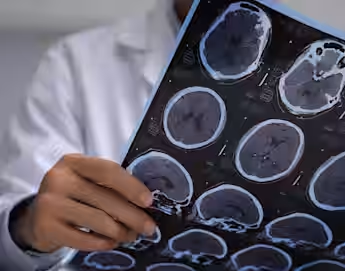From my experience representing clients with head injuries, failure to take into account a patient's full symptoms on admission can lead to a failure to appreciate the seriousness of a developing brain injury or prevent avoidable deterioration, leading to catastrophic consequences.
One client, whose symptoms were mistakenly ascribed to alcohol consumption, experienced catastrophic results after being discharged from hospital without investigation. I have also acted for people with unrecognised stroke symptoms, whose admission should have been mandated, but who were also misdiagnosed and discharged without treatment.
The NICE guidelines have been updated in several key areas:
The Guidelines aim to improve the making of shared decisions in everyday care in healthcare settings. They seek to embed accountability structures at an organisational level for shared decision-making, but also to make sure that service users act as 'champions' and participate in developing improvement plans in all healthcare teams. There is emphasis on the training and development for healthcare professionals in shared decision-making, including on how to improve patient decision aids and the communication of the risks, benefits and consequences of treatment.
Emphasis is placed on the requirement to provide good public service information and information to non-hospital centres about the signs to look out for which require referral to emergency services and hospital for further assessment of head injuries.
The Guidelines update the recommendations in relation to the immediate management at the scene of an incident and transport to hospital.
The Guidelines in relation to assessment in the Emergency Department have been updated, to more clearly set out the criteria for ensuring that further necessary investigations are made.
- The Guidance in relation to the performance of CT, x-ray and MRI scanning has been updated, with emphasis on good radiation exposure practice.
- Additionally the Guidance has been updated in relation to investigating injuries to the cervical spine and the factors to be taken into account before imaging in people with a head injury, when there is a clinical suspicion of a cervical spine injury.
- The criteria for the transfer of patients to specialist neurosurgical care units have been updated, including where the person with a head injury may have other non-head related injuries that the specialist unit would have difficulty in dealing with. Clarification has been provided about the criteria for admitting people to hospital after head injury and as to how to assess which unit people with multiple injuries should be admitted under.
- The Guidelines have been updated in relation to the admission and observation of people with concussion symptoms and on their discharge from hospital.
- There is also new emphasis on developing awareness that head injury can cause under activity of the pituitary gland which can cause a hormone deficiency, lack of sex hormones, slow growth relating to the thyroid and problems relating to urination. This can occur with any severity of head injury and may present immediately, hours, weeks or months after the injury.
If the guidance is followed, it should generate better understanding in non-hospital situations of the factors to look out for when considering a head injury and prompt earlier referral, which will help avoid the disastrous consequences of only being able to intervene too late.
Improved communication between medical staff and service users will also help medical practitioners obtain better histories and improve treatment. Better information about the indications for head injury might be a major factor in reducing misdiagnosis.
Greater clarity around the protocol for assessment of head injury in hospital will hopefully serve to reduce the numbers of patients who need to seek redress from a clinical negligence lawyer where they have sustained serious harm following failure to consider that their symptoms may require urgent intervention.
Read about our Medical Negligence Claims.

